Serbian scientists contribute to CERN research
Serbia is about to become an associate member of CERN, but Serbian physicists have been contributing to its revolutionary experiments for years.
Monday, 09.01.2012.
16:25

Serbia is about to become an associate member of CERN, but Serbian physicists have been contributing to its revolutionary experiments for years. The European Organization for Nuclear Research (CERN) is the world's biggest laboratory for particle physics. Serbian scientists contribute to CERN research Founded in 1954, the CERN Laboratory sits astride the Franco-Swiss border near Geneva. The organization has around 2,400 full-time employees and also hires around 7,830 scientists and engineers from 608 universities and research institutes from 113 countries. Main researches are performed in the Large Hadron Collider (LHC), the construction of which cost USD 9.4 billion. Seven experiments are currently underway in the collider where scientists study particle collision from different standpoints, with the help of various technologies and Serbian scientists from the Institute of Physics and Vinca Institute in Belgrade are participating in two of the ongoing experiments, ATLAS and CMS, are engaged in the two out of four LHC detectors and are sampling and analyzing the data in hopes of shedding some light on yet unresolved mysteries of physics. The first particle collision was performed in 2010, and five Serbian scientists took part in the experiment. According to scientist Dragan Popovic of the Physics Institute, the Serbian government applied for CERN membership but since the process takes considerable time, Serbian scientists were given a permission to participate in CERN work and the organization's premises and the findings are at their disposal. Popovic said that Serbia's participation in the experiment bears considerable importance for Serbian science, especially for the development of physics, because it gives Serbia an equal position among big countries. Serbian scientists are not permanently employed in the institute and are occasionally visiting CERN and staying there for few weeks during which they participate in research activities, Popovic said and added that CERN stages big meetings four times a year during which results are analysed and used for deriving conclusions later on. Elaborating on the cooperation with the CERN research center, Popovic recalled that Serbia also took part in the construction of LHC. Serbian President Boris Tadic will visit Geneva on Tuesday where he will meet with Rolf-Dieter Heuer, CERN director general, and sign an agreement which will make Serbia an associate member of the organization. (CERN) Tanjug
Serbian scientists contribute to CERN research
Founded in 1954, the CERN Laboratory sits astride the Franco-Swiss border near Geneva. The organization has around 2,400 full-time employees and also hires around 7,830 scientists and engineers from 608 universities and research institutes from 113 countries.Main researches are performed in the Large Hadron Collider (LHC), the construction of which cost USD 9.4 billion.
Seven experiments are currently underway in the collider where scientists study particle collision from different standpoints, with the help of various technologies and Serbian scientists from the Institute of Physics and Vinča Institute in Belgrade are participating in two of the ongoing experiments, ATLAS and CMS, are engaged in the two out of four LHC detectors and are sampling and analyzing the data in hopes of shedding some light on yet unresolved mysteries of physics.
The first particle collision was performed in 2010, and five Serbian scientists took part in the experiment.
According to scientist Dragan Popović of the Physics Institute, the Serbian government applied for CERN membership but since the process takes considerable time, Serbian scientists were given a permission to participate in CERN work and the organization's premises and the findings are at their disposal.
Popović said that Serbia's participation in the experiment bears considerable importance for Serbian science, especially for the development of physics, because it gives Serbia an equal position among big countries.
Serbian scientists are not permanently employed in the institute and are occasionally visiting CERN and staying there for few weeks during which they participate in research activities, Popović said and added that CERN stages big meetings four times a year during which results are analysed and used for deriving conclusions later on.
Elaborating on the cooperation with the CERN research center, Popović recalled that Serbia also took part in the construction of LHC.
Serbian President Boris Tadić will visit Geneva on Tuesday where he will meet with Rolf-Dieter Heuer, CERN director general, and sign an agreement which will make Serbia an associate member of the organization.




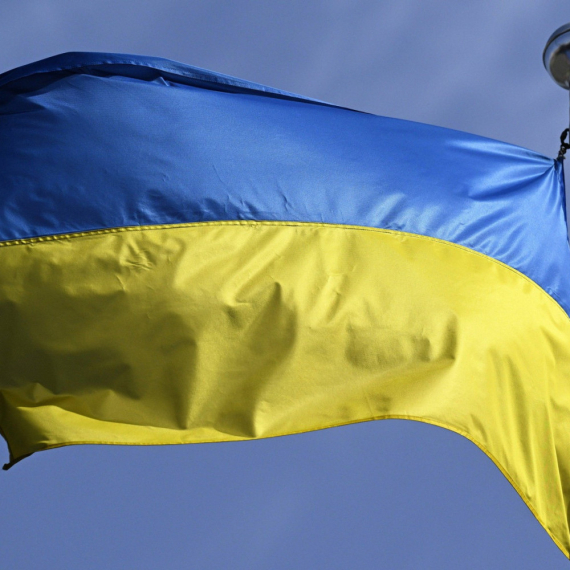






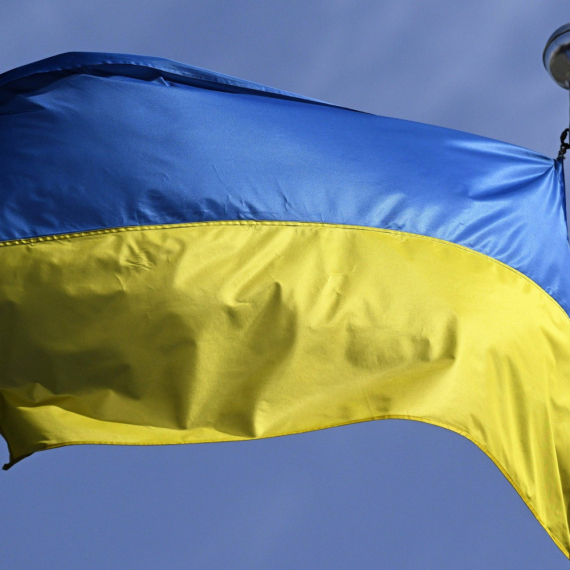

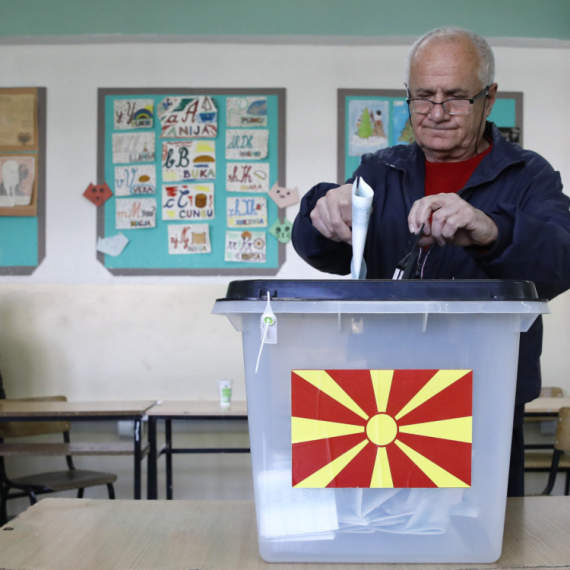
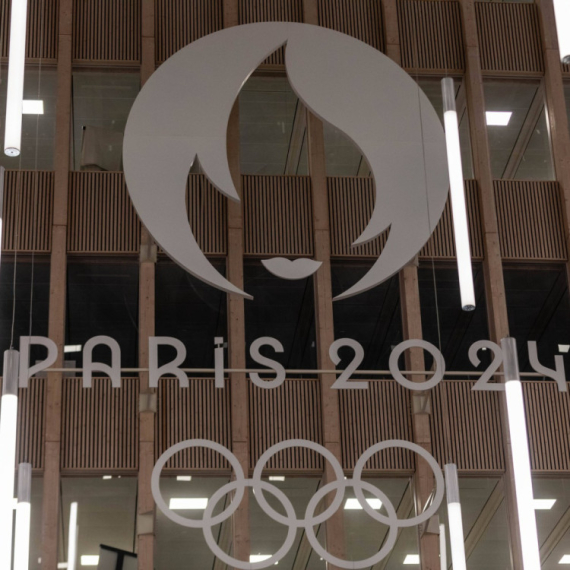



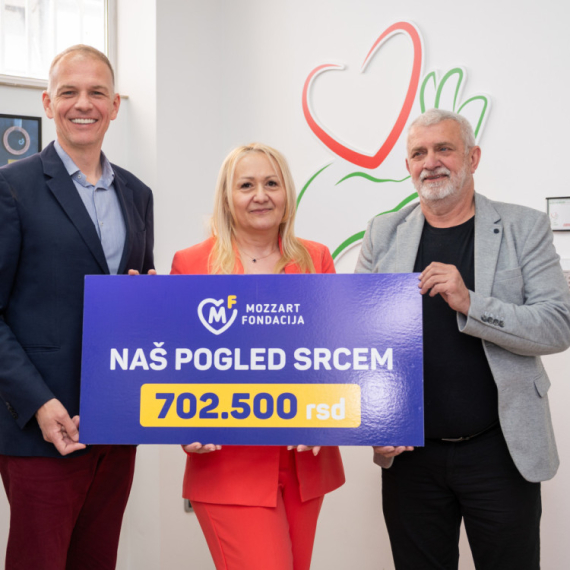







Komentari 4
Pogledaj komentare